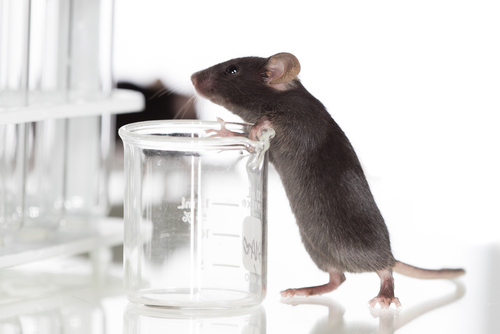Increased Levels of MFN1 Protein Can Reverse Features of CMT2A in Mice, Study Shows

Increasing levels of the mitofusin-1 (MFN1) protein in nerve cells of the spinal cord can reverse the features of Charcot-Marie-Tooth type 2A (CMT2A), a study in mice shows.
The study, “Restoring mitofusin balance prevents axonal degeneration in a Charcot-Marie-Tooth type 2A model,” was published at the Journal of Clinical Investigation.
CMT2A is caused by mutations in the MFN2 gene, which contains the instructions to produce mitofusin-2 protein, which plays a critical role for the normal functioning of mitochondria (the cell’s power plants).
Impaired function of mitochondria and its MFN2 protein have been implicated in several human diseases, such as Parkinson’s and Alzheimer’s diseases. Still, genetic mutations on the MFN2 gene were directly linked to only the development of CMT2A.
So far, more than 100 MFN2 mutations have been reported, which have been associated with a wide range of symptoms. From classical peripheral symptoms, such as muscle weakness and atrophy (shrinkage), and decreased sensation in the feet, lower legs, hands, or forearms, to symptoms related to damage of the central nervous system (brain and spinal cord), including hearing loss and vision deficits.
Previous studies have shown that the presence of mitofusin-1 protein can compensate for the loss of MFN2, and protect mitochondria from defects caused by MFN2 mutations. Still, it remains unclear how the MFN1 protein could be of help to prevent CMT2A symptoms.
To further explore the role of MFN1 protein and its relationship with MFN2 in disease context, a team led by researchers from the Cedars-Sinai Medical Center in Los Angeles, California, engineered a mouse model of CMT2A.
The animals had a MFN2 mutation that was present only in nerve cells, leading to neurologic features seen in CMT2A patients, including severe early onset sensory and motor deficits, vision loss, altered mitochondrial dynamics, and widespread nerve cell degeneration.
A detailed analysis of mutated and normal MFN2 protein function in mitochondria revealed that, to some extent, its activity is dependent on the presence of MFN1 protein. With this in mind, researchers tested if changing the MFN1/MFN2 ratio could affect CMT2A mice symptoms.
Once again, the team genetically manipulated the CMT2A mice to force the production of more MFN1 protein in nerve cells.
When compared to MFN2 mutated mice, this new group of animals — carrying both mutated MFN2 and increased MFN1 protein levels — showed a complete or near-to complete rescue of the motor and sensory symptoms of CMT2A.
These mice had a normal gate and did not exhibit clasping even at advanced ages, showing significantly better results in all motor and strength tests. They also showed improved visual acuity compared to MFN2 mutated mice, restored to the level of healthy, non-mutated mice.
“These data provide strong evidence that the ratio of MFN1 to MFN2 is a key determinant of the sensitivity of the nervous system to the dominant negative effects of mutant MFN2,” researchers wrote.
Also, increased levels of MFN1 protein significantly improved the ability of mitochondria to function normally, while it prevented the degeneration of nerve cells in the spinal cord triggered by mutated MFN2.
Supported by these findings, the team believes that “elevating MFN1 levels to restore the MFN1/MFN2 balance is a viable therapeutic strategy for CMT2A.”





